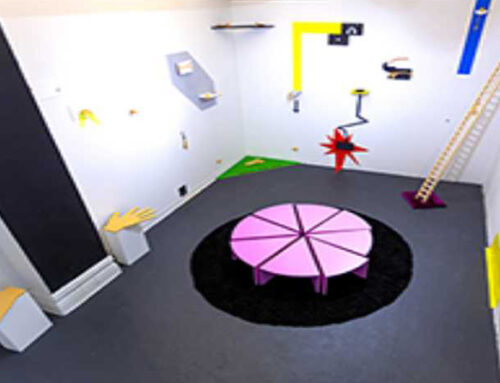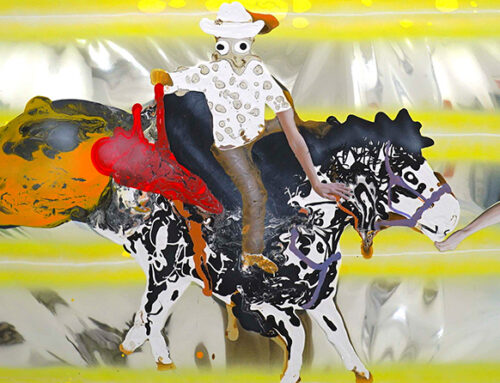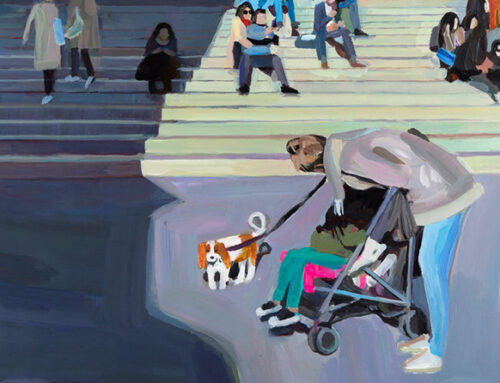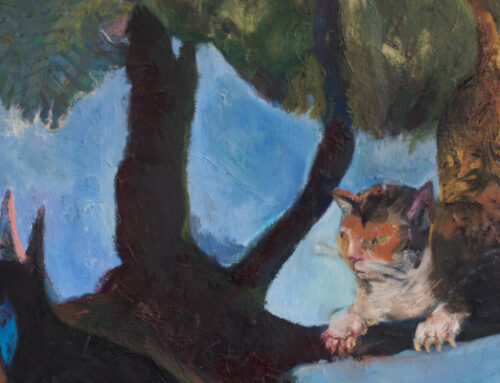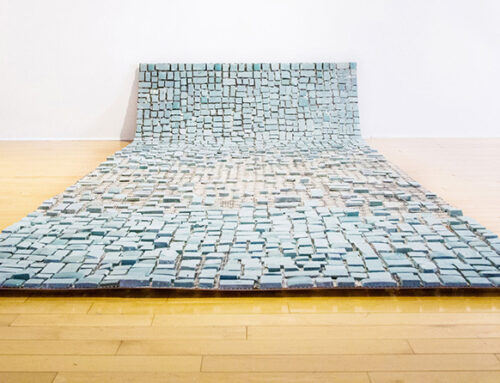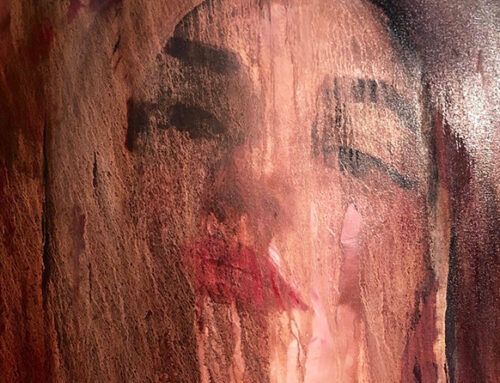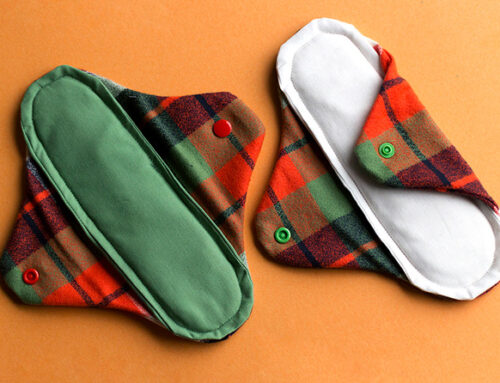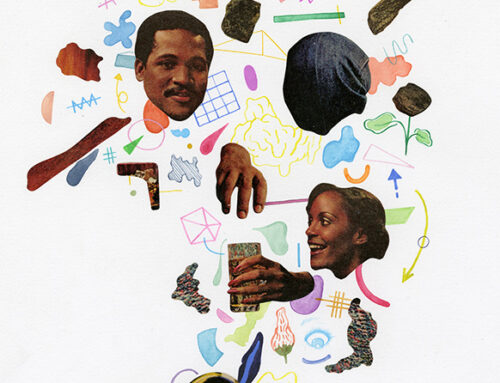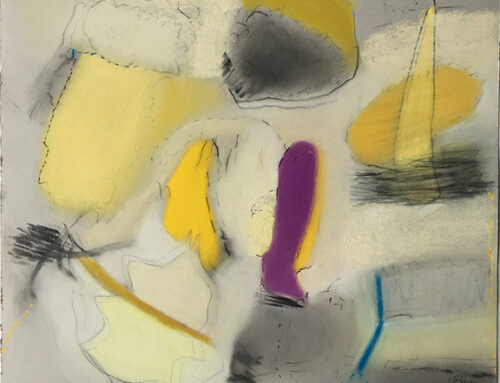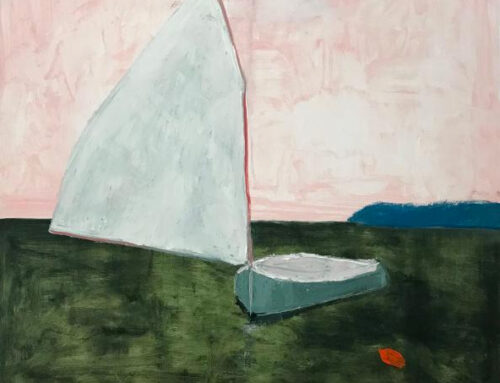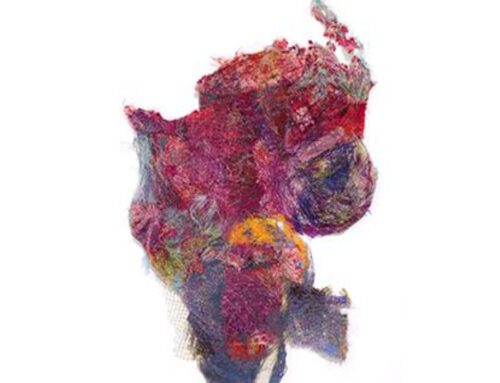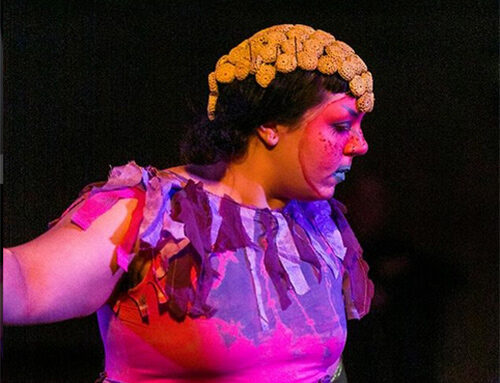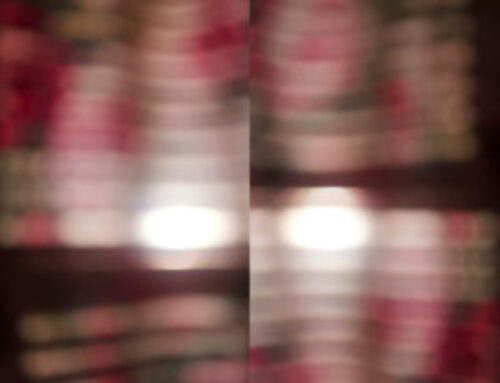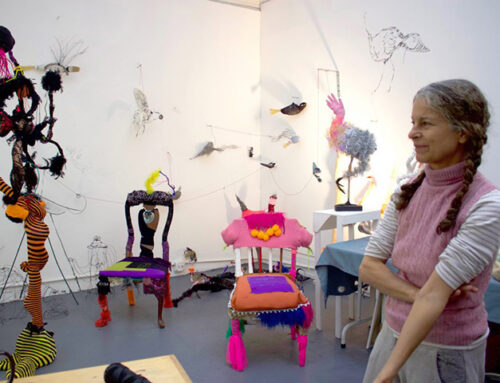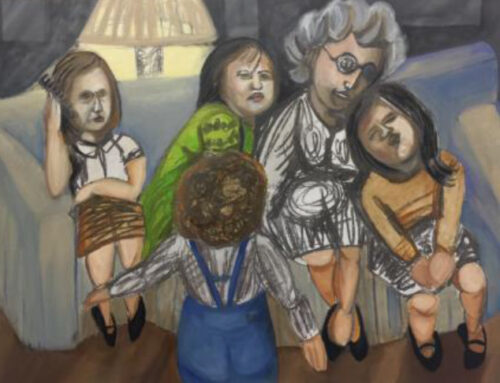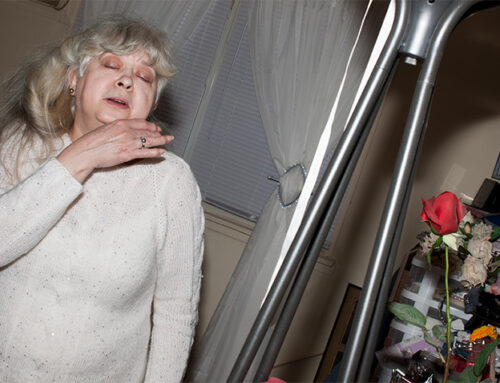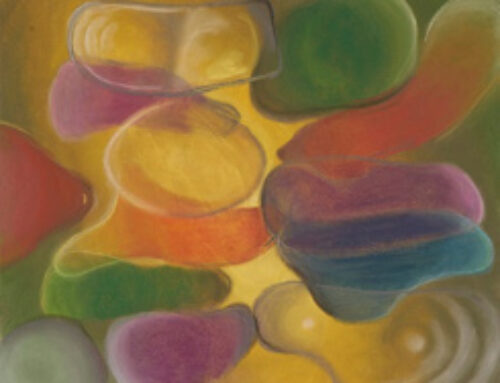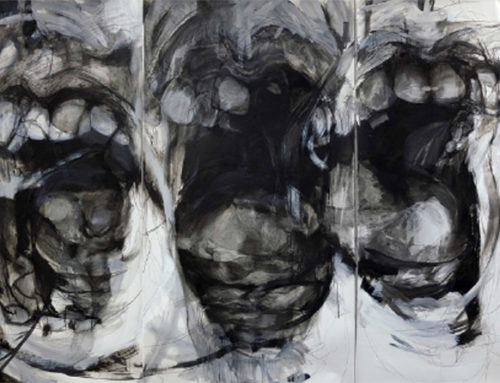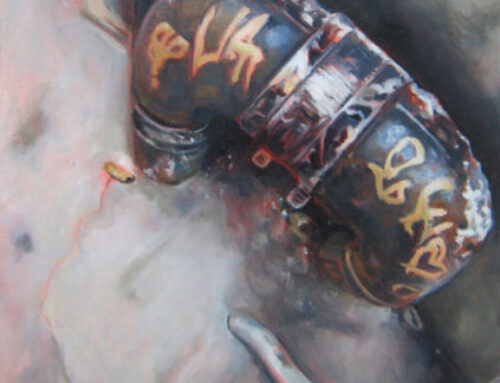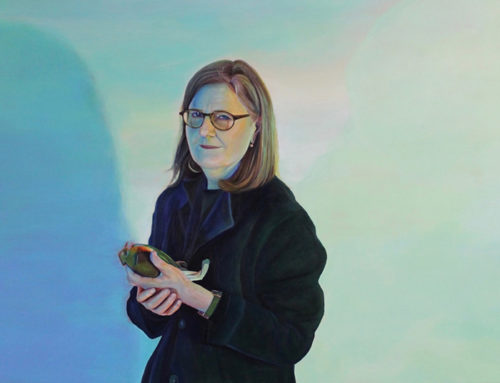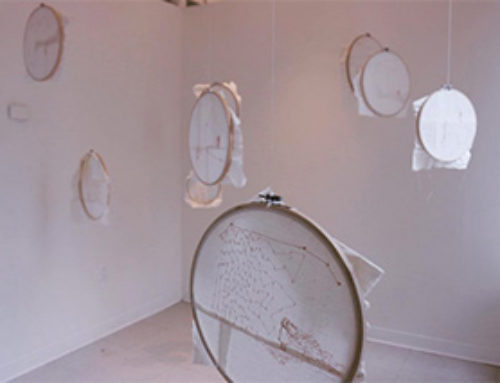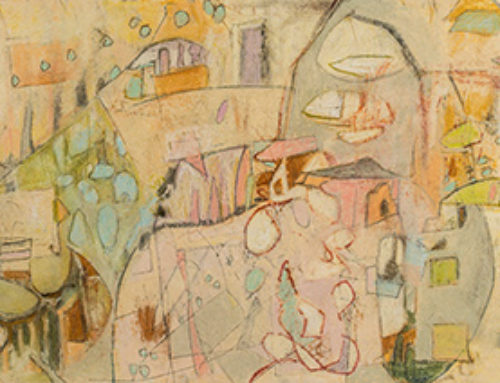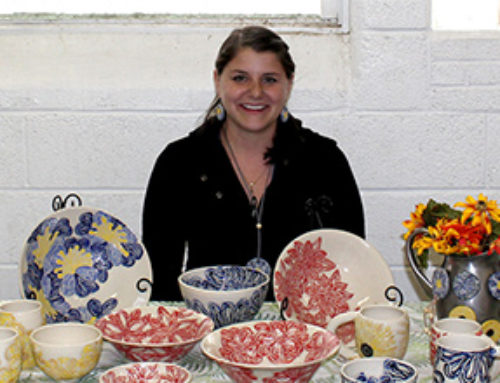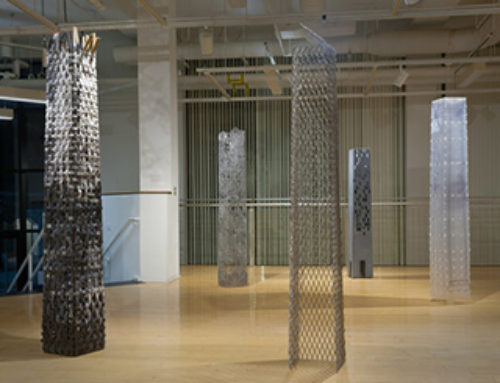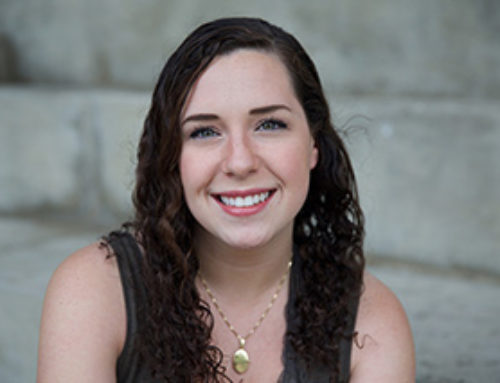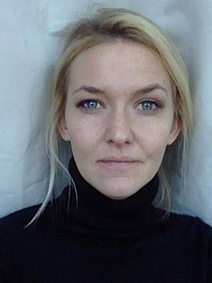
Self Portrait
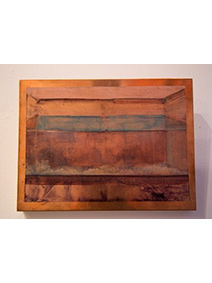
Aquarium on Copper
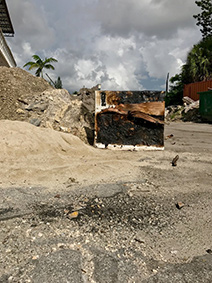
One Day of Art
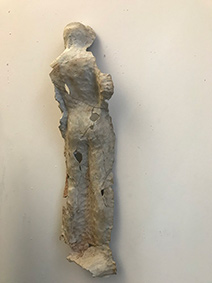
Buried Face Down
KATHRYN SINCLAIR | INTERVIEW QUESTIONS
Q. How did your passion for art begin taking shape for you—at home, school, a mentor, and other artists who inspired you or a personal experience that started the fermenting process.
A. I attribute my passion for art to an immense appreciation and curiosity for all life. I have to keep my hands moving! Test materials, ideas, and assumptions about history, science, how things work, how they are made, how things live, and the cycles attributed to these ideas. This curiosity for living things is central to my work; the phenomenon that something can be made from nothing.
My mother is an artist. From the time before I can remember I was always encouraged to make a mess, play outside, and experiment with tools and materials.
Q. How would you describe your artwork, in terms of materials or mediums? Has it changed or evolved since formal training and what are your goals for it?
A. I would describe my work as material and process based centered around experimentation. History is a major influence to make work and choice of materials. Recently I have been experimenting with tar, copper, and marble. Materials that engage with conversations of the past.
Having formal training has really pushed my work to be more confident. My ideas seem bigger to me, broader, and much more mature than my ideas of what was possible previously.
My goals now are to take this confidence and run with it! I’m very eager to get to work and see my ideas to fruition.
Q. How important is a personal style to you as an artist or does your work reflect larger social and cultural issues?
A. Style is important to me because it is a tool, a conduit for communicating what you want to say. Finessing your own personal style allows people to enter into your work, like a fine-tuned language. In my highest hopes I would like to think my work reflects on larger social and cultural issues but I do not think it engages with the dominate conversations of now. But at its best, records what it means to be a living in today. I have this idea that no matter what time era we exist, we experience the same troubles, thoughts, and curiosities of living. It is comforting to me to be a part of this larger culture across time.
Q. Has being a woman affected your work and others’ perception of it? How do you feel about being part of a woman’s art organization?
A. My work is saturated with my unique perspective as a woman; as a young woman, as an aging woman. With the passing years, each body of work I produce journals the trials and thoughts of the experience of being female.
I am very much looking forward to being a part of a woman’s organization! Now is the time more than ever to advocate for each other as woman. I am very honored.



